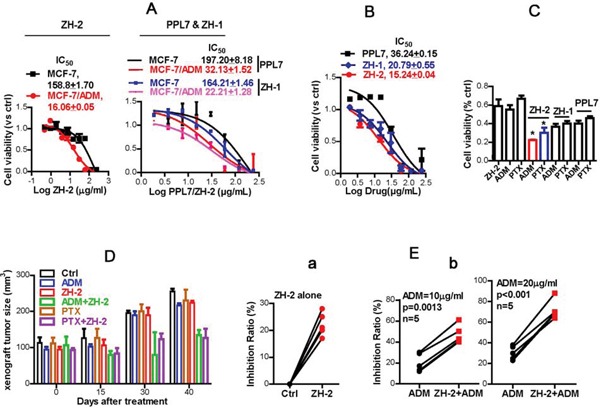Figure 3. ZH-2 decreases chemoresistance in breast cancer cells.

A. ZH-2, ZH-1, and PPL7 killed more chemoresistant MCF-7/ADM cells than chemosensitive MCF-7 cells. Cytotoxicity was calculated from MTT assays; the IC50 (μg/ml) was determined by nonlinear regression. B. ZH-2 inhibited the growth of MCF-7/ADM cells more than PPL7 and ZH-1. Cytotoxicity was determined by MTT. C. Combinations of ZH-2, ZH-1, or PPL7 (15 μg/ml) with ADM (10 μM) or PTX (10 μM) were able to inhibit the proliferation of MCF-7/ADM cells. The viability was analyzed using MTT. *p <0.05 vs ADM or PTX alone. D. Combinations of ZH-2 and ADM or PTX inhibited the growth of xenografts from MCF-7/ADM cells. The xenografts were allowed to grow up to ~100m3 after MCF-7/ADM inoculation (0 days after treatment), then the drugs (3 mg/kg i.p. one time every 3 d for ADM, PTX or ZH-2) were applied for 40 days to assess the volume change in xenografts. E. (a) ZH-2 (15 μg/ml) killed few primary human breast cancer cells that were resistant to ADM. (b) Combination of ZH-2 (15 μg/ml) with ADM (10 and 20 μg/ml) enhanced the anti-cancer effect of chemotherapy on chemoresistant primary breast cancer cells.
